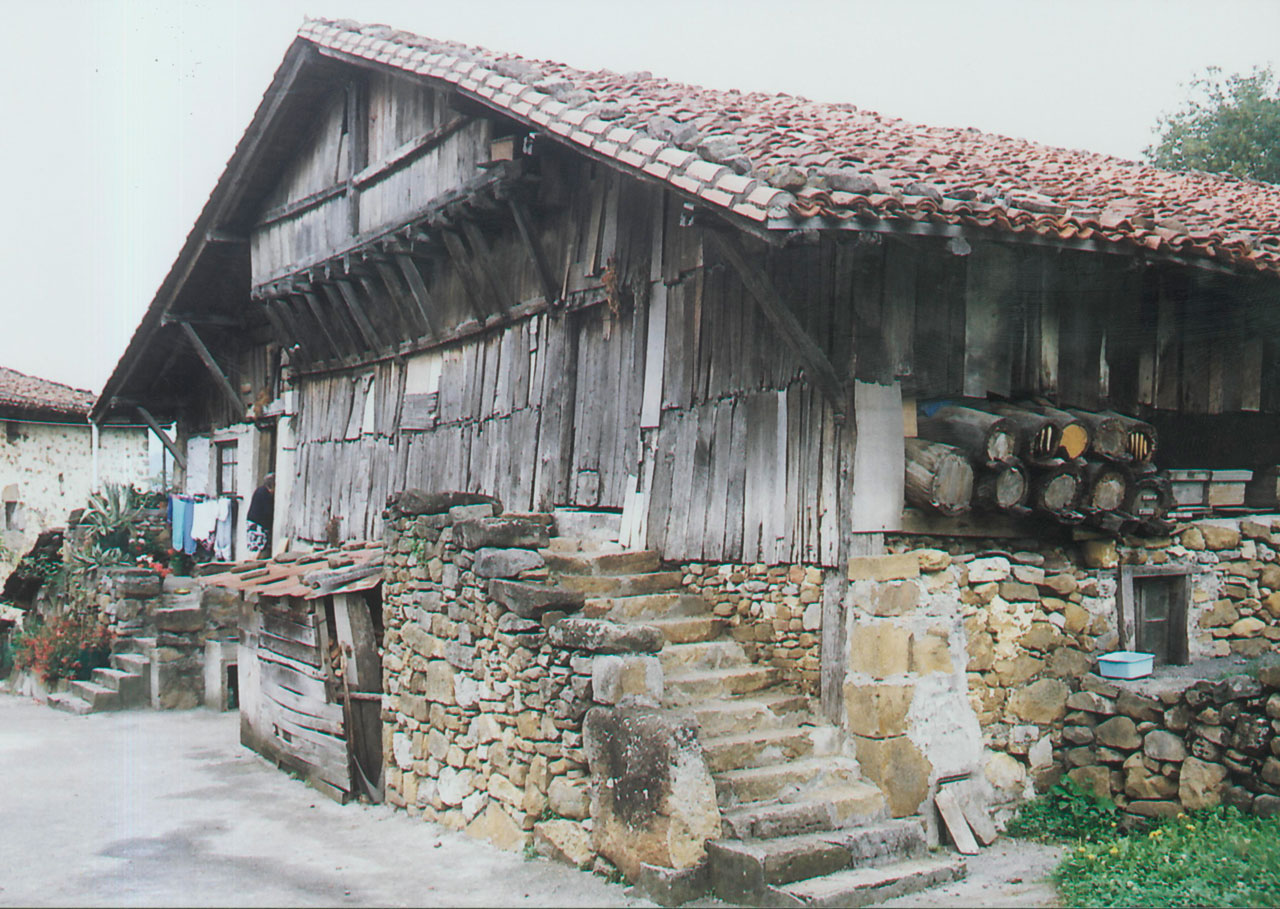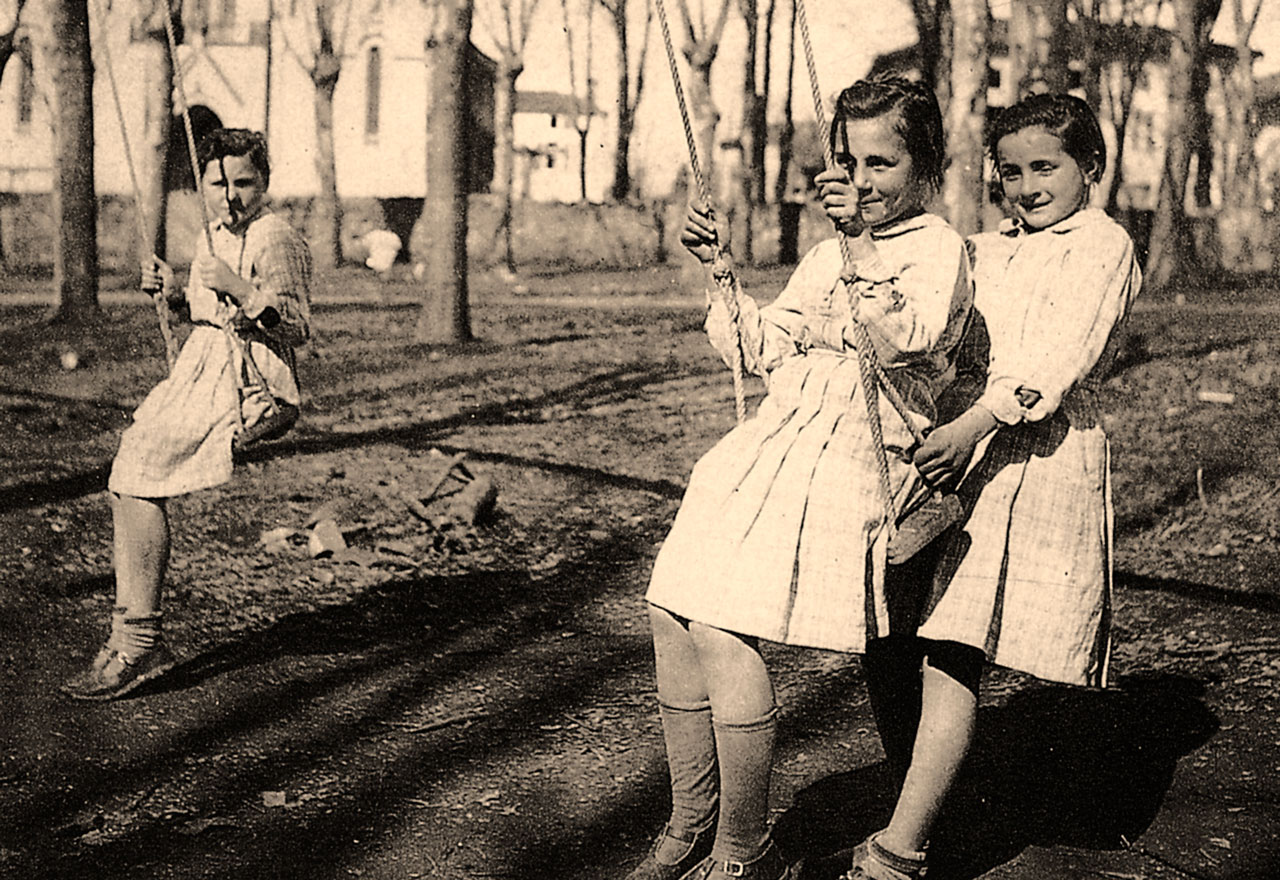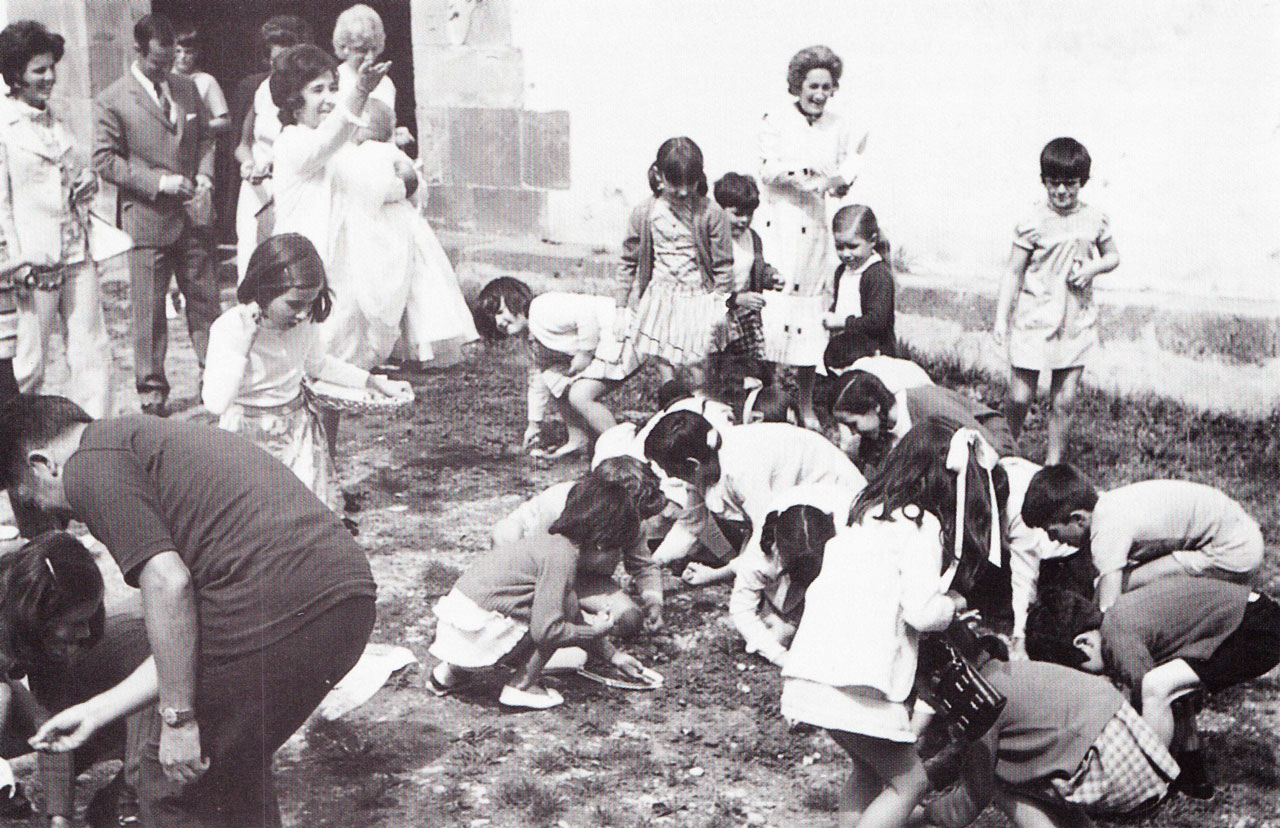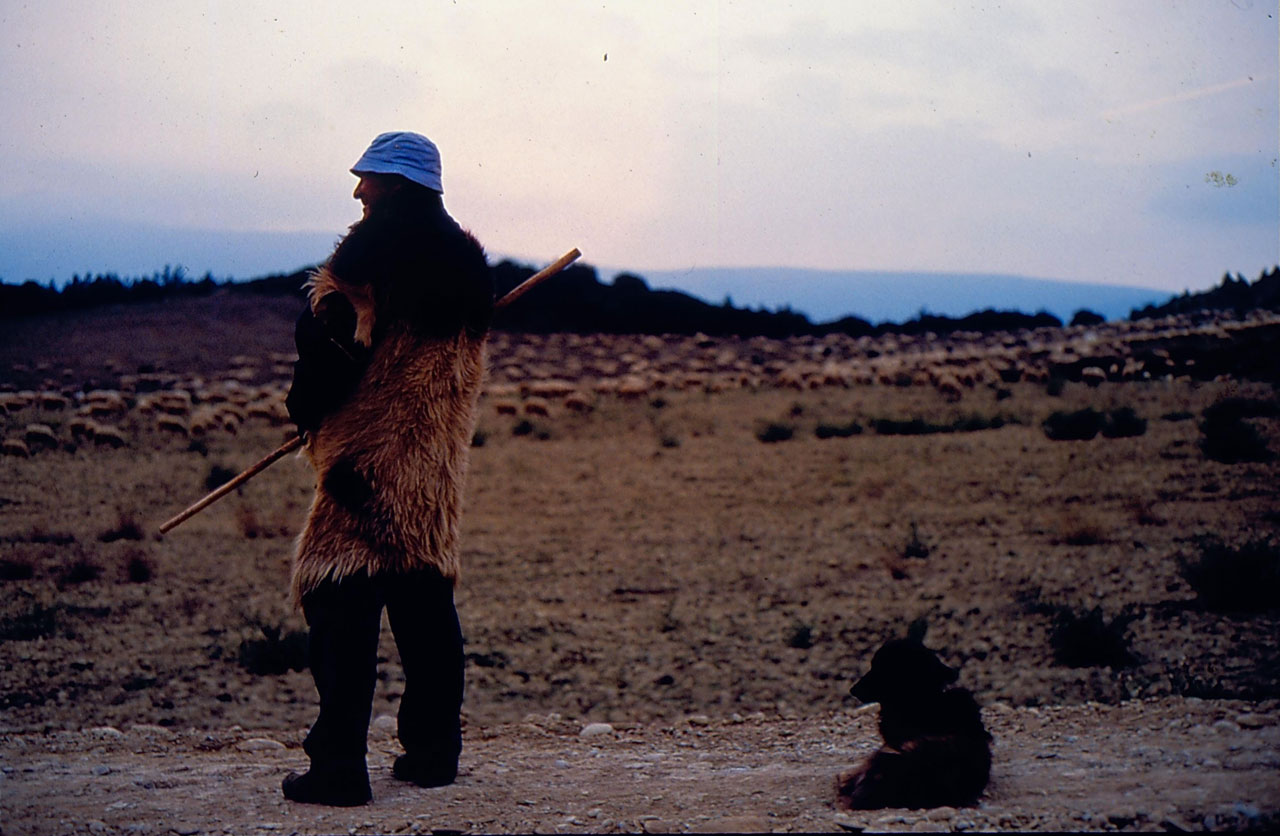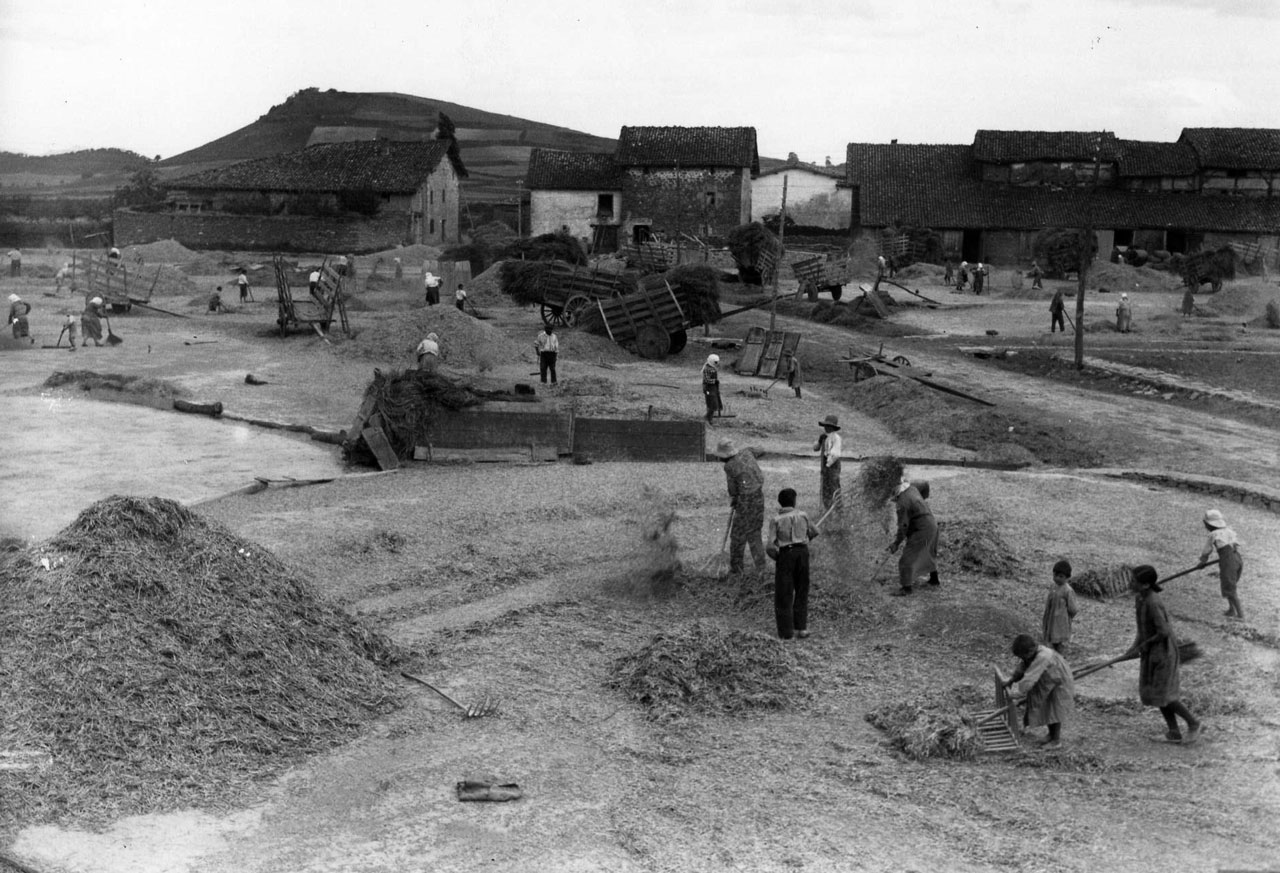Diferencia entre revisiones de «Main Page/en»
De Atlas Etnográfico de Vasconia
| Línea 52: | Línea 52: | ||
====[/atlas/casa/Senar-emazte-zaharrak-eta-gazteak-matrimonios-mayor-y-joven-Areatza-principios-del-siglo-20.jpg|Old and young husband and wife. Areatza (B), beginning of the 20th century. Source: Rubén de Las Hayas’ private archive.|The aim was to ensure that the family wealth, taken to be the farmstead and its belongings, would be passed on in full or only slightly diminished, and improved if possible, from parents to their offspring.||ENLACE]==== | ====[/atlas/casa/Senar-emazte-zaharrak-eta-gazteak-matrimonios-mayor-y-joven-Areatza-principios-del-siglo-20.jpg|Old and young husband and wife. Areatza (B), beginning of the 20th century. Source: Rubén de Las Hayas’ private archive.|The aim was to ensure that the family wealth, taken to be the farmstead and its belongings, would be passed on in full or only slightly diminished, and improved if possible, from parents to their offspring.||ENLACE]==== | ||
| − | ===[alimentacion| | + | ===[alimentacion|Family Diet in the Basque Country|/atlas/alimentacion.png|Food and eating habits in the family, ritual meals, celebrations and lifestyles.]=== |
| − | ====[Alimentacion_domestica_en_vasconia | | + | ====[Alimentacion_domestica_en_vasconia | Family Diet in the Basque Country]==== |
| − | ====[/atlas/alimentacion/Odol-usten.jpg| | + | ====[/atlas/alimentacion/Odol-usten.jpg|Pig bleeding. Source: José Zufiaurre, Etniker Euskalerria Groups.|''Odolosteak ordeaz.''<br /><br /> Neighbours and relatives are given black puddings and other pork cuts as a gift at pig slaughter time. It is an act of courtesy, an expression of the close bond shared with them, and part of an established exchange ritual.|]==== |
| − | ====[/atlas/alimentacion/Erraria-hornada-de-pan-Caserio-Ariztimuno-Onati-1995.jpg| | + | ====[/atlas/alimentacion/Erraria-hornada-de-pan-Caserio-Ariztimuno-Onati-1995.jpg|Bread baking. Ariztimuño Farmhouse. Oñati (G), 1955. Source: Antxon Aguirre, Etniker Euskalerria Groups.|Ogi erre berri, etxe galgarri. <br />''Soft bread at home, an unruly household.''|]==== |
| − | ====[/atlas/alimentacion/Labartoa.jpg| | + | ====[/atlas/alimentacion/Labartoa.jpg|Bushel of maize grain. Source: Ander Manterola, Etniker Euskalerria Groups.|Maize, introduced in the 17th century, and potatoes, in the 19th, would revolutionise the Basque diet.|]==== |
====[/atlas/alimentacion/Dando-brillo-al-pan.jpg|Dando brillo al pan. Fuente: Ander Manterola, Grupos Etniker Euskalerria.|Nolako irina, halako ogia. | ====[/atlas/alimentacion/Dando-brillo-al-pan.jpg|Dando brillo al pan. Fuente: Ander Manterola, Grupos Etniker Euskalerria.|Nolako irina, halako ogia. | ||
Revisión del 12:30 27 ene 2020
Munekogoikoa Farmhouse. Neighbourhood of Urigoiti (Orozko-B), 1994. Source: Edurne Romarate, Etniker Euskalerria Groups.
House and Family in the Basque Country


House and Family in the Basque Country
The oldest farmsteads are those where the use of timber was pivotal, both for its internal and external structure.
Family Diet in the Basque Country


Family Diet in the Basque Country
Maize, introduced in the 17th century, and potatoes, in the 19th, would revolutionise the Basque diet.
Juegos infantiles en Vasconia


Juegos infantiles en Vasconia
Kulunka Sirrin-sarran, domini pan, zure semea errotan, errota txiki, errota handi, eragin deutso, pin-pan.
Medicina popular en Vasconia


Medicina popular en Vasconia
Osasuna, munduko ondasuna. Entre salud y dinero, salud primero.
Ritos del nacimiento al matrimonio en Vasconia


Ritos del nacimiento al matrimonio en Vasconia
Haurraren jaiotza, etxerako poza. Casa sin niños, tiesto sin flores.
Ritos funerarios en Vasconia


Ritos funerarios en Vasconia
Existían caminos específicos por los que se llevaba el cuerpo del difunto desde la casa mortuoria hasta la iglesia y el cementerio.
Pastor y espaldero. Cañada de los Roncaleses (N), 1996. Fuente: Iñaki San Miguel, Grupos Etniker Euskalerria.
Ganaderia y pastoreo en Vasconia


Ganaderia y pastoreo en Vasconia
La introducción de perros pastores supuso el desplazamiento de los zagales, niños de corta edad encargados hasta entonces de la conducción y guía del rebaño.
Agricultura en Vasconia


Agricultura en Vasconia
Elur asko den urtean, garia; eta erle asko dugunean, eztia. Año de nieves, año de bienes.
